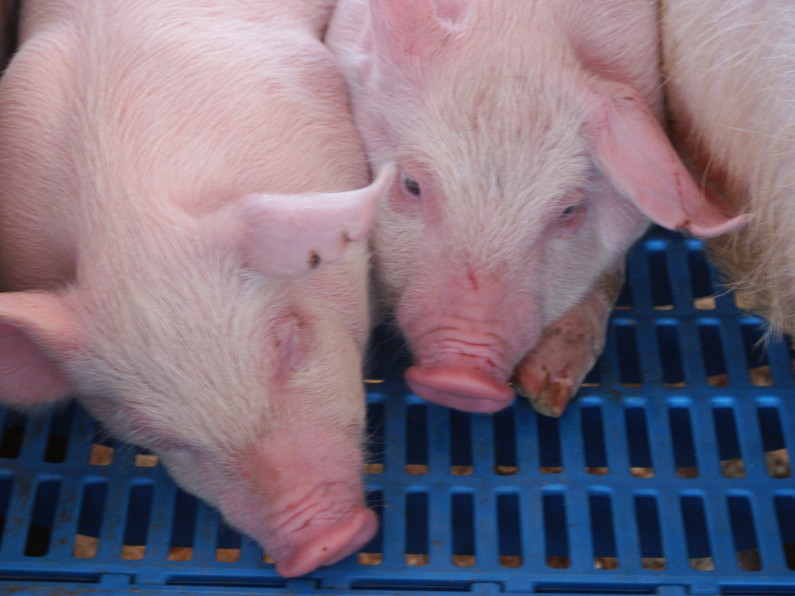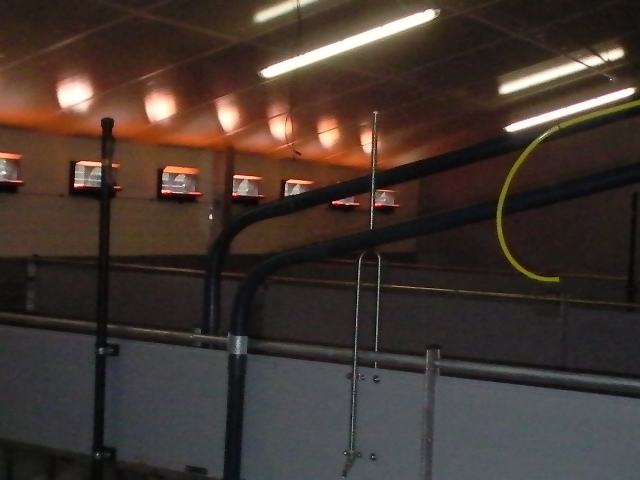
Why Quality Pig Housing is so Important
Quality Pig Housing is the most important asset in Pig farming
When breeding and rearing pigs, it’s critical to have Quality Pig Housing for the animals to thrive and grow. Here are 5 reasons why this is so important on your farm or smallholding.
1. Good ventilation
Ventilation‘s a key part of pig rearing. Pigs need ambient temperatures and if too hot or too cold, their comfort and growth will be affected. Ideally, temperatures for mature animals should be between 18-22 degrees, but piglets require warmer temperatures than mature pigs. Ventilation can be mechanical or natural. For more control, mechanical ventilation’s best, removing damp, dust, odours, noxious/toxic gases and minimising harmful organisms. Natural ventilation uses doors or panels to allow air to circulate through the building. Both options can be integrated into a quality design.
2. Good insulation
Pigs need protection from the weather, including bright sun and heavy rain. Quality Pig Housing will have a roof constructed with the longest slope facing the prevailing elements. If any opening exists between the roof and the walls, there must be enough overhang to prevent the rain entering. Insulation’s critical, so the inside environment can be set to the right temperature, regardless of the weather and temperatures outside. Drop ceilings can be installed, reducing heat transfer from the sun and loss of heat in the cold, resulting in lower energy costs and healthier pigs.
3. Suitable flooring
As well as suitable flooring for bedding, pigs need housing with good drainage to avoid puddles and/or flooding. A drain fixed at the side of the pen can collect run-off debris. A good floor should be easy to clean. Wooden floors aren’t advisable as they can rot if damp and have crevices which pigs may bite into. A proper concrete, non-slip but smooth floor’s best so bedding can easily be added to insulate the pen. This will reduce the risk of infections and diseases like pneumonia, especially in younger animals.

4. Feeding
Pigs grow to different sizes and may need segregation when feeding. Smaller and weaker pigs may not get enough food if bullied by others, which will lead to inconsistent fattening. Precautions may need to be taken to ensure each pig, or group of pigs, has a separate feeding space. This can be achieved through a good design that allows pigs to be enclosed inside railed-off sections.
5. Bathing and watering
If providing a bathing area, this should be of adequate depth that can be adjusted for piglets so they don’t drown. Baths and troughs need to be of suitable construction, as a pit dug in the soil will turn into an unmanageable mud bath. A good design will have enough space for a water tank or water supply too.
Quality Pig Housing is a major contribution to pig health and profitability, with lower mortality rates, better growth, increased feeding efficiency and lower costs. Ultimately, quality structures get the best results, with a complete package to fit individual needs and goals. There aren’t any shortcuts on the road to success in pig farming and choosing a quality building greatly enhances the process.
For more information about quality pig housing, be sure to get in touch with IDS by visiting our contact page.
